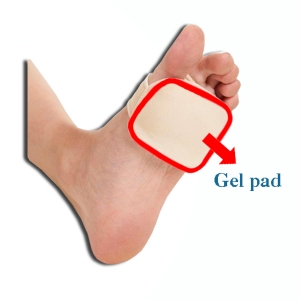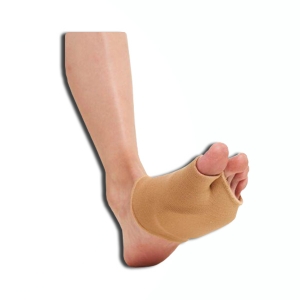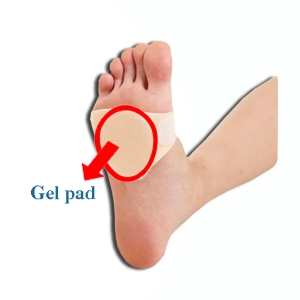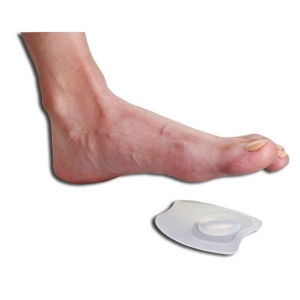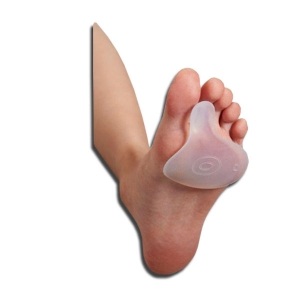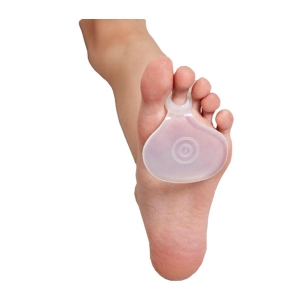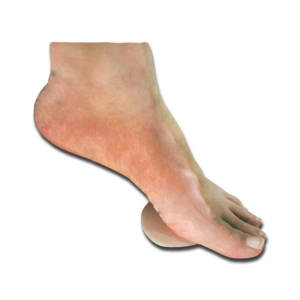Understanding Metatarsal Pain: Causes and Symptoms
Do you feel pain in the ball of your foot when you walk or stand for a long time? You might be experiencing metatarsal pain, also known as metatarsalgia. This kind of foot pain is common, but the good news is—it can be managed with the right care and support.
What Is Metatarsal Pain?
The metatarsals are the long bones in your foot, just behind your toes. When this area becomes sore, inflamed, or irritated, it can cause pain in the front part of your foot. The pain may feel sharp, burning, or aching.
What Causes Metatarsal Pain?
There are several reasons why pain in this area can happen:
- Too much pressure or activity – Running, jumping, or standing for long hours
- Wearing the wrong shoes – High heels or shoes with little cushioning or poor support
- Foot shape – Flat feet, high arches, or an unhealthy walking way
- Getting older – The padding under the ball of your foot may get thinner with age
- Injury or medical issues – Like small fractures, arthritis, or nerve problems
Common Symptoms
You may notice:
- Pain or burning in the ball of your foot
- Pain that gets worse with walking or standing
- Swelling or tenderness
- Tingling or numbness in the toes
If the pain continues or gets worse, it’s best to see a podiatrist.
How to Relieve Metatarsal Pain
One simple way to reduce this pain is by using metatarsal support products—such as wraps or pads. These provide extra cushioning and help take pressure off the painful area.
Try Our Metatarsal Wraps and Cushions
We offer several helpful products to support the ball of your foot:
Metatarsal Wraps
Wraps give gentle pressure and keep the area stable. Great for daily use or active lifestyles.
Metatarsal Cushions
Pads that go under the ball of your foot to absorb shock and reduce pressure.
These are easy to wear, fit in most shoes, and can be used every day.
When to Get Help
Consult with a podiatrist if:
- The pain doesn’t go away
- You have swelling or bruising
- You can’t walk normally
- You think you may have an injury


